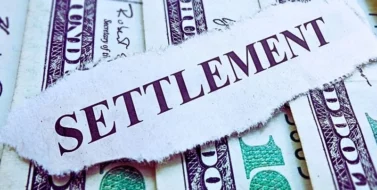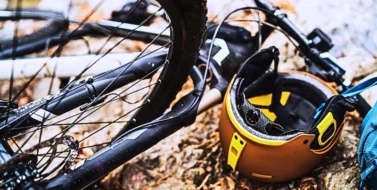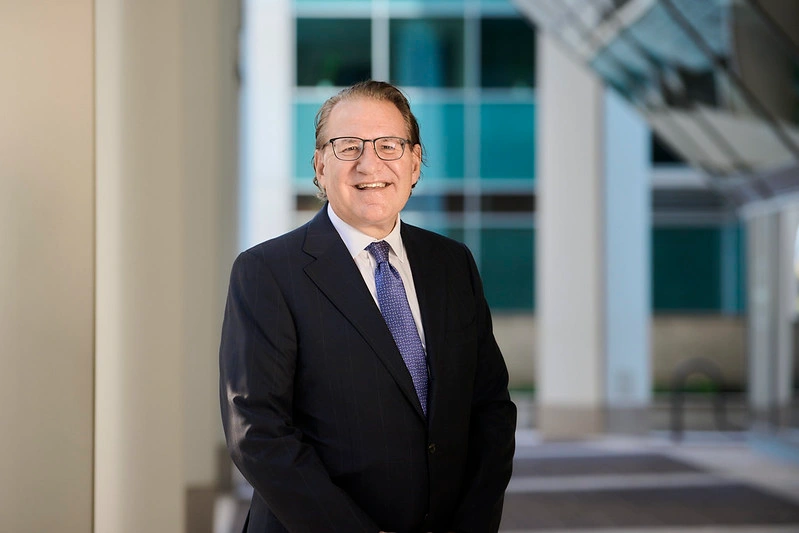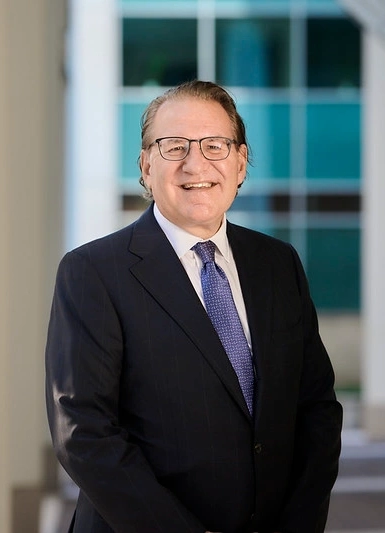The most common and unfortunate way a cyclist and vehicle meet is referred to as the “right cross”. When referring to car on car accidents, personal injury lawyers may call this the “t-bone”.
A right cross occurs when a driver pulls out from the right of a cyclist, say from a side street, parking lot or driveway. Sometimes a cyclist doesn’t see the driver and vice versa because there is an obstruction like a parked car or tree blocking their view. Impact can happen in two ways: either the driver hits the cyclist front on -to the cyclist’s side or the cyclist slams into the side of the car. In this collision, the cyclist is generally traveling at a higher speed because she doesn’t expect the car. Neither way is pretty. Injuries can be serious with a brain concussion being the most consistent result.
This accident can be avoided by several means:
1) Lights, Lights, Lights! At night it’s the law. During the day a flashing light makes you more visible. In this situation a driver is not looking at the bike lane or closer to the curb-he’s looking at the middle of the lane. Flashing lights may alert him to something he is not expecting.
2) If you see the driver but can’t make eye contact-wave or use a loud horn. My wife has a scary loud horn that I thought may get her shot or provoke a hit but has actually saved her from collisions. You may feel obnoxious but you won’t end up in the emergency room.
3) Slow down. Especially at night. In familiar territory you should note these potential hazards and know where you are vulnerable. In new territory, you need to ride slower. Period.
4) Ride further left in the lane. This advice is good for a number of fact patterns but especially for the right cross. You may worry about getting hit from behind but the stats do not support that concern. It all depends on the road. On fast roadways with few pull out points staying to the right is better. On slow roadways, staying to the left is smarter. The farther left you are, the better a driver may see you and the better able are you to avoid a collision or mitigate the impact by giving all the opportunity to slow down or giving the cyclist the opportunity to speed up and avoid the car.
From a personal injury lawyers standpoint, this can be a good settlement lawsuit. The cyclist is usually pretty injured and a car always bears some fault. However, the cyclist may also be at fault for riding too fast or not having lights. Grazian and Volpe has had great success in obtaining good settlements for cyclists. The cyclists are grateful for the money but would have rather avoided the accident. Hopefully, this article will help others avoid the dreaded “right cross.”





